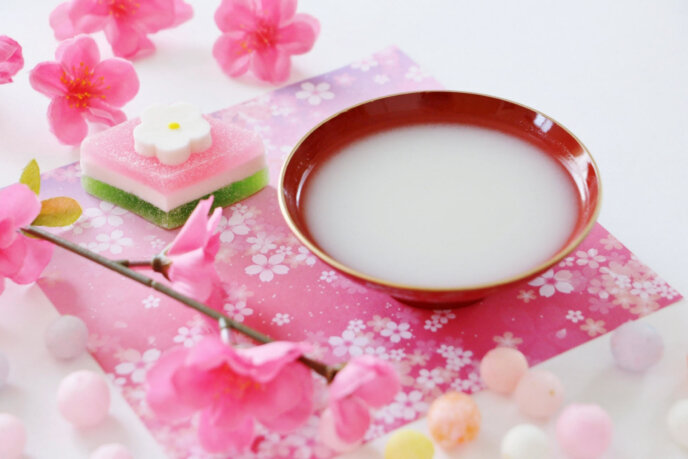Hinamatsuri (Girls' Day) is Happening Soon
The 3rd of March is Hinamatsuri in Japan. Learn all about this interesting traditional celebration in this informative blog post.
Hinamatsuri, or Girls’ Day in Japanese culture is a traditional celebration dedicated to little girls. Every March, families pray for the growth, health and happiness of the little girls in their lives.
There are many traditions surrounding this celebration, each of which have been practiced in Japan for hundreds of years.

For the celebration, 'Hina' dolls are decorated from early to mid-February, until the 4th of March every year. They are placed on a tiered platform with 5 to 7 steps, draped in a red carpet. The dolls represent a wedding ceremony to pray that the little girls can be married happily in the future. In centuries past, this tradition has wished for children to grow up with a healthy body and the ability to give birth to another generation. Therefore, this celebration has a lot to do with praying for little girls to have a good marriage as well.
In a strictly observed tradition, Hina Dolls are put away on the 4th of March, the day after Himamatsuri. This is because it is believed that it will cause a late marriage if not tidied up as soon as possible. Historically, this practice was also used to teach girls that it takes an effort to become a good wife.

What's more, it is believed that the dolls take away all the sins and bad luck from humans. This comes from a Chinese custom which the dolls were floated down a river, symbolically representing all the things that cause harm to humans. These days, many families decorate dolls that have been passed on from generation to generation and new Hina dolls are only bought for a new baby girl in the family.
Food is also an important part of Hinamatsuri. Pink, white and green are the colors that are used the most such as for rice crackers, mochi or for rice cakes. Pink represents flowers, white represents beautiful snow, and green represents new growth. Special sushi called Chirashi- zushi is also made with many different toppings as good luck charms. A fermented rice drink called Amazake is also drank on this celebration for good luck.

Enjoy this unique and traditional celebration of Japan. Traditional Hinamatsuri installations are currently in place at Skye Niseko and Ki Niseko, with both hotels hosting free amazake and mochi tastings to celebrate the day on March 3rd.
--
Check out Niseko's Around The World Dining scene.